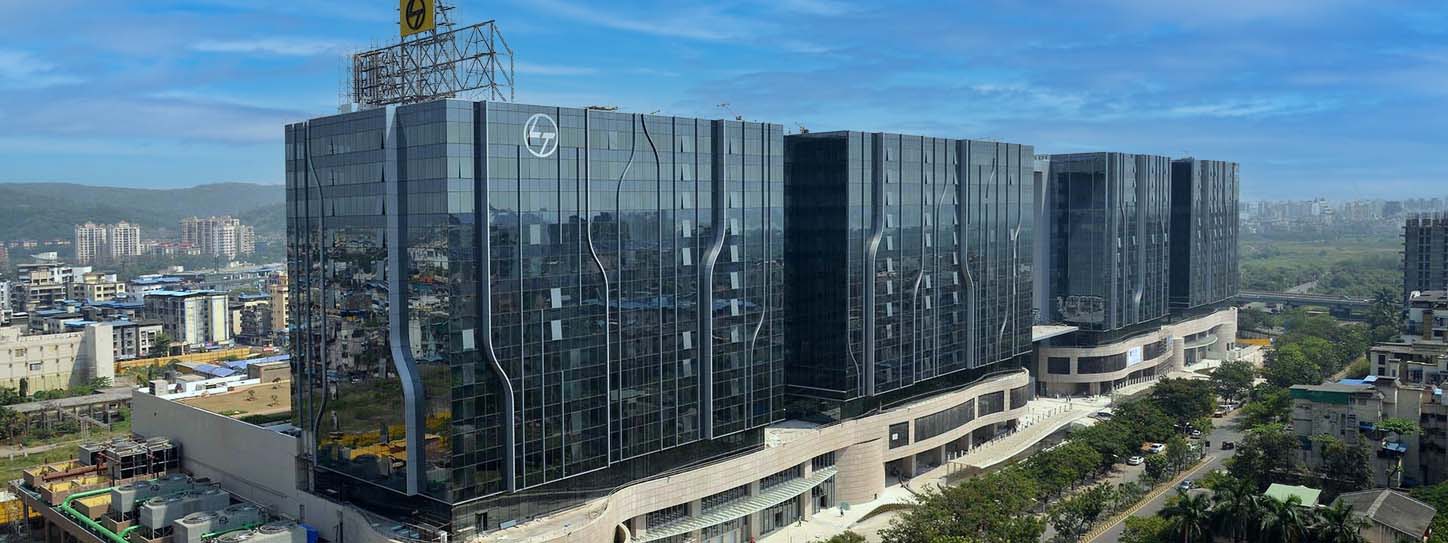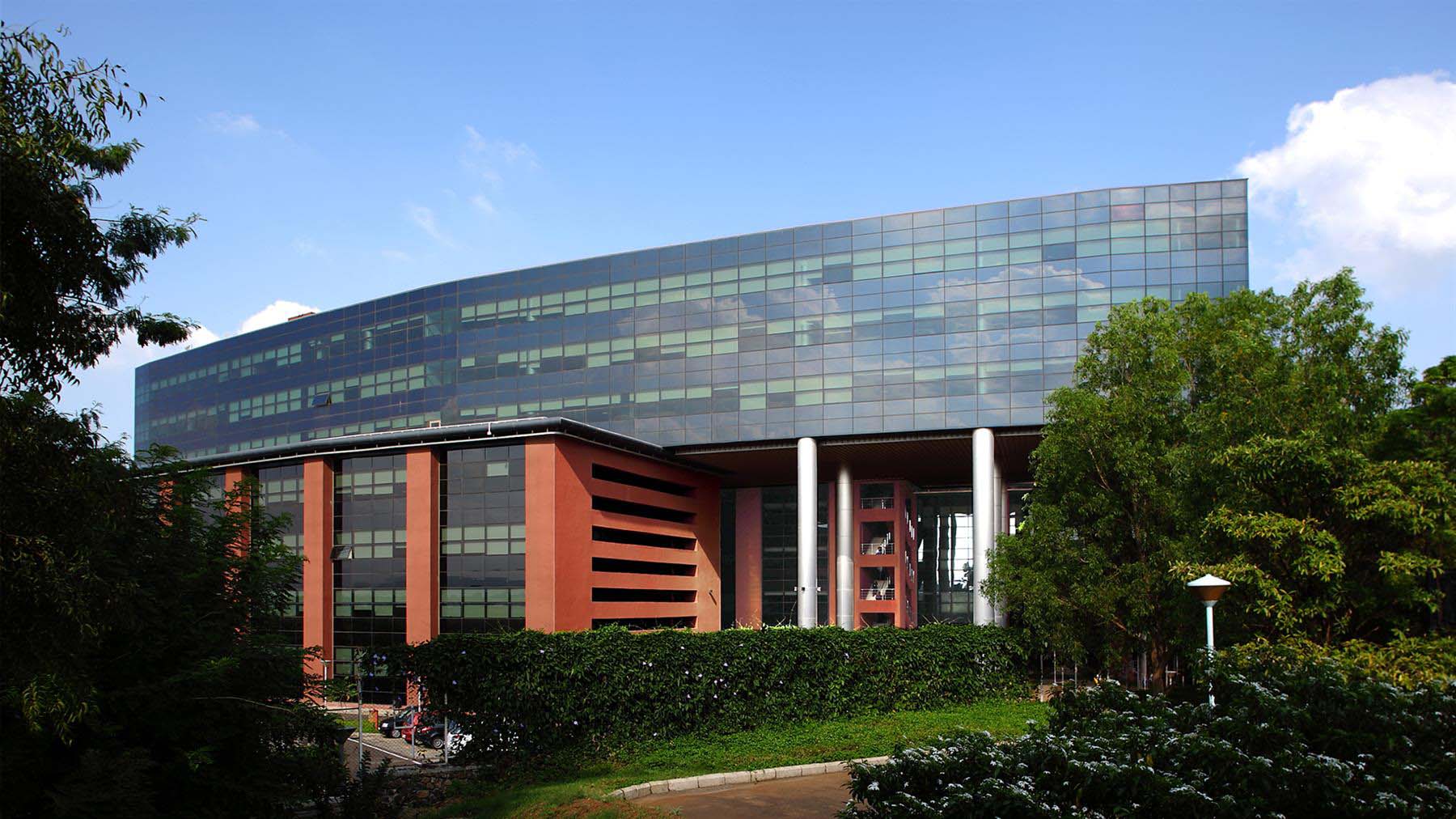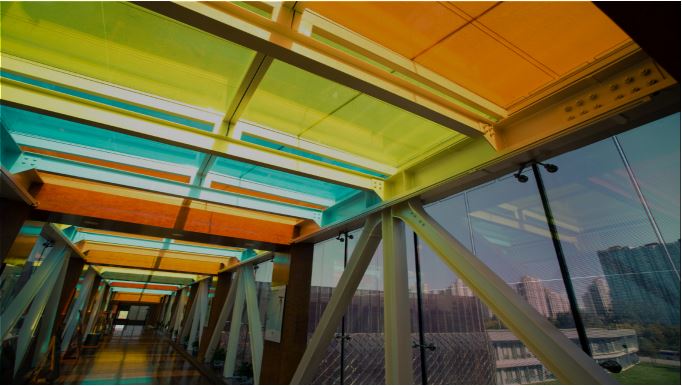Fire-Rated Glass vs. Fire-Rated ACP: Key Differences and Applications
Fire safety is a top priority in modern architecture and construction. Two commonly used materials for fire protection are fire-rated glass and fire-rated Aluminum Composite Panels (ACP). While both serve the purpose of enhancing safety, their applications, compositions, and performance vary significantly. This blog provides an in-depth comparison of these materials to help you make the right choice for your project.
What is Fire-Rated Glass?
Fire-rated glass is a specialized type of glass designed to withstand high temperatures and prevent the spread of flames, smoke, and heat for a specific duration. It is commonly used in fire doors, partitions, windows, and facades in buildings requiring high safety standards.
Key Features of Fire-Rated Glass:
- Fire Resistance: Rated for durations such as 30, 60, 90, or 120 minutes, depending on the application and fire safety requirements.
- Transparency: Maintains optical clarity, ensuring visibility while providing safety.
- Thermal Insulation: Advanced interlayers or coatings block heat transfer, protecting adjacent areas.
- Durability: Made from toughened or laminated glass, offering impact resistance.
- Aesthetic Appeal: Combines safety with sleek, modern designs.
What is Fire-Rated ACP?
Fire-rated Aluminium Composite Panels (ACP) are composite cladding materials designed with a fire-retardant core, typically made from a mix of mineral-filled material and polyethylene. They are primarily used in external cladding, facades, and interior wall panels.
Key Features of Fire-Rated ACP:
- Fire Resistance: Slows the spread of flames and resists combustion due to its fire-retardant core.
- Lightweight: Easier to install and handle compared to other fire-rated materials.
- Weather Resistance: Offers excellent durability in outdoor environments.
- Aesthetic Versatility: Available in a wide range of colors, textures, and finishes.
- Cost-Effectiveness: Generally more affordable than fire-rated glass.
Comparing Fire-Rated Glass and Fire-Rated ACP
Feature | Fire-Rated Glass | Fire-Rated ACP |
Fire Resistance | Provides higher fire resistance (up to 120 minutes). | Offers limited resistance, typically around 30-60 minutes. |
Transparency | Transparent, ensuring visibility and natural light. | Opaque, used primarily for cladding and facades. |
Thermal Insulation | Blocks heat transfer effectively with specialized coatings. | Offers limited insulation; primarily flame retardant. |
Applications | Fire doors, partitions, windows, and skylights. | External cladding, interior walls, and facades. |
Aesthetic Options | Clear and laminated options for modern designs. | Wide range of colors and finishes for decorative use. |
Durability | High impact resistance; suitable for high-security zones. | Resistant to weathering but less durable under impact. |
Cost | Higher initial cost due to advanced technology. | More affordable, especially for large-scale projects. |
Weight | Heavier and requires robust framing. | Lightweight, easier to install. |
Applications of Fire-Rated Glass
- High-Risk Zones: Ideal for hospitals, schools, airports, and offices where visibility and fire safety are crucial.
- Escape Routes: Used in stairwells and fire doors to guide occupants during emergencies.
- Aesthetic Fire Safety: Often integrated into modern architectural designs requiring a balance between safety and transparency.
Applications of Fire-Rated ACP
- Cladding and Facades: Commonly used in external building envelopes to resist fire and improve aesthetics.
- Interior Walls: Provides an additional layer of fire resistance in commercial and residential spaces.
- Decorative Applications: Used in signage and design projects that require fire-retardant properties.
Which One Should You Choose?
The choice between fire-rated glass and fire-rated ACP depends on your project’s specific requirements:
- Choose Fire-Rated Glass if:
- Transparency and visibility are important.
- You need high fire resistance (90+ minutes).
- The project involves interior fire partitions, doors, or windows.
- Choose Fire-Rated ACP if:
- A lightweight and cost-effective cladding solution is needed.
- The focus is on exterior facades and decorative elements.
- A moderate level of fire resistance is sufficient.
Both fire-rated glass and fire-rated ACP are indispensable materials for fire safety, but their applications and benefits differ significantly. Fire-rated glass offers superior fire resistance, visibility, and thermal insulation, making it ideal for interior applications and high-security areas. On the other hand, fire-rated ACP is a versatile, lightweight, and cost-effective solution for cladding and facades.
At FG, we specialize in providing top-notch fire-rated glass solutions designed to meet the highest safety standards without compromising aesthetics. Whether you need advanced glass technology or expert guidance on material selection, FG is your trusted partner for all your fire safety needs. Contact us today to learn more about our fire-rated glass solutions and how we can help you achieve unmatched safety in your projects!

You might also like
Feb 21, 2022 by TARIQ KACHWALA
Feb 21, 2022 by TARIQ KACHWALA
Feb 23, 2022 by TARIQ KACHWALA









